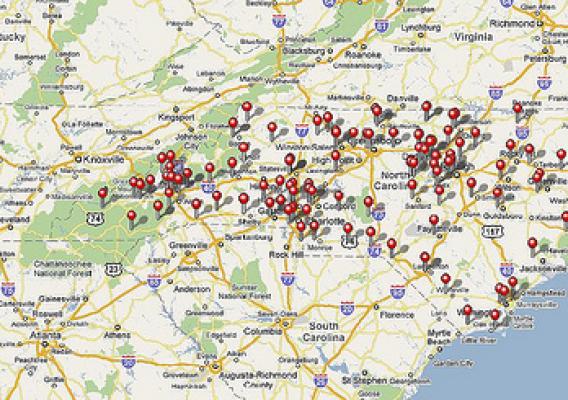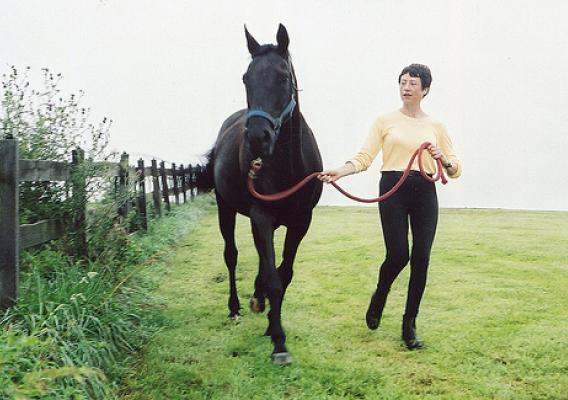World Veterinary Year, celebrating the 250th anniversary of the veterinary profession, culminated in the 30th World Veterinary Congress Closing Ceremony in Cape Town, South Africa in October. This year of recognition provided the opportunity to share the many contributions veterinarians have made in communities around the globe. There is much to celebrate. Over the last century, the Animal and Plant Health Inspection Service (APHIS) and our animal health partners have made great strides in the control and eradication of animal diseases in the United States, diseases like brucellosis and tuberculosis. Worldwide, we applaud the milestone reached with the stamping out of the deadly cattle disease, rinderpest, also known as cattle plague.
APHIS employs more than 700 veterinarians, many engaged in such disease eradication work. Over the past months, we have featured 25 APHIS veterinarians in this blog space. To share more of the vital work our veterinarians do, we’ve also created a video, soon to be available on our YouTube channel.





